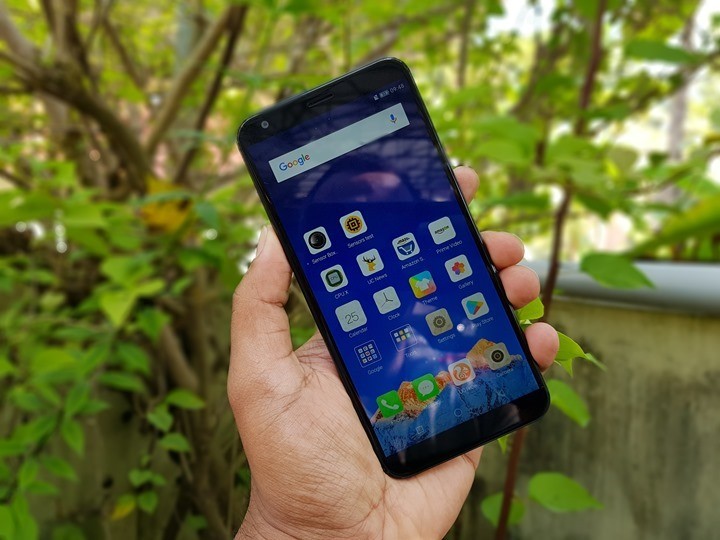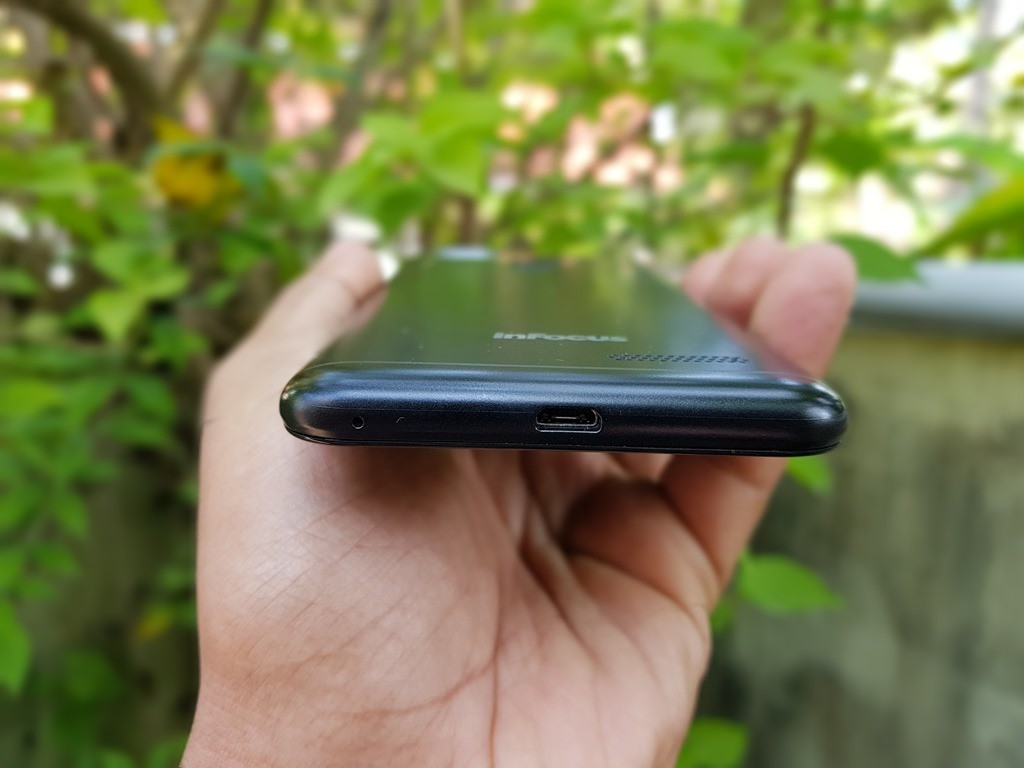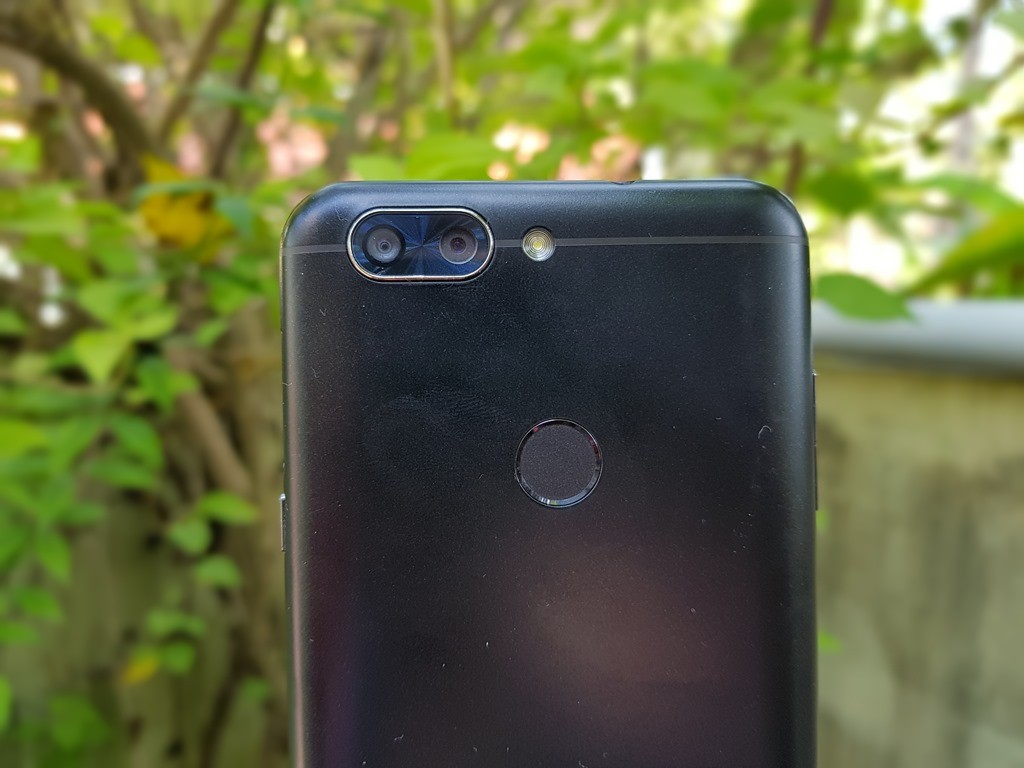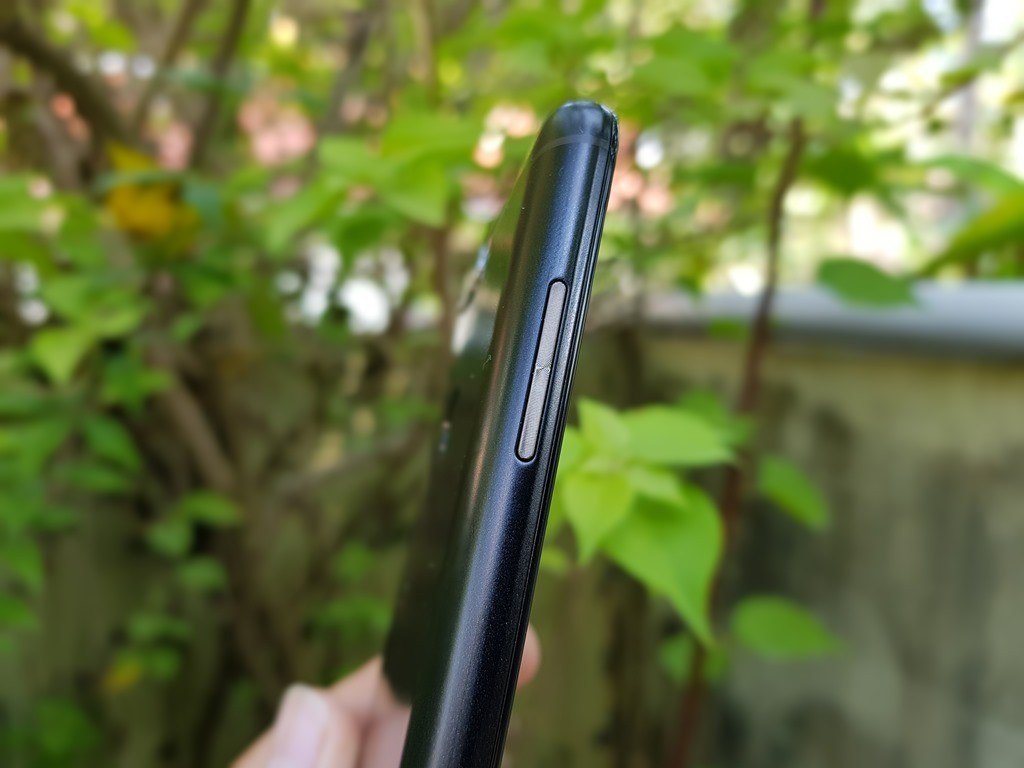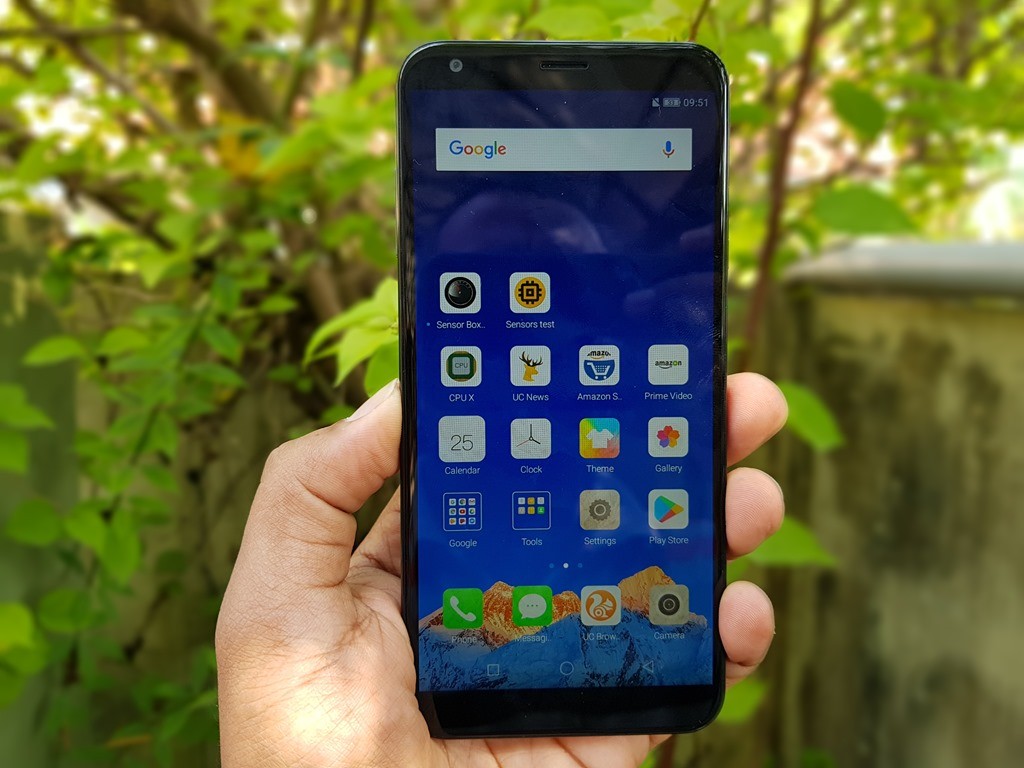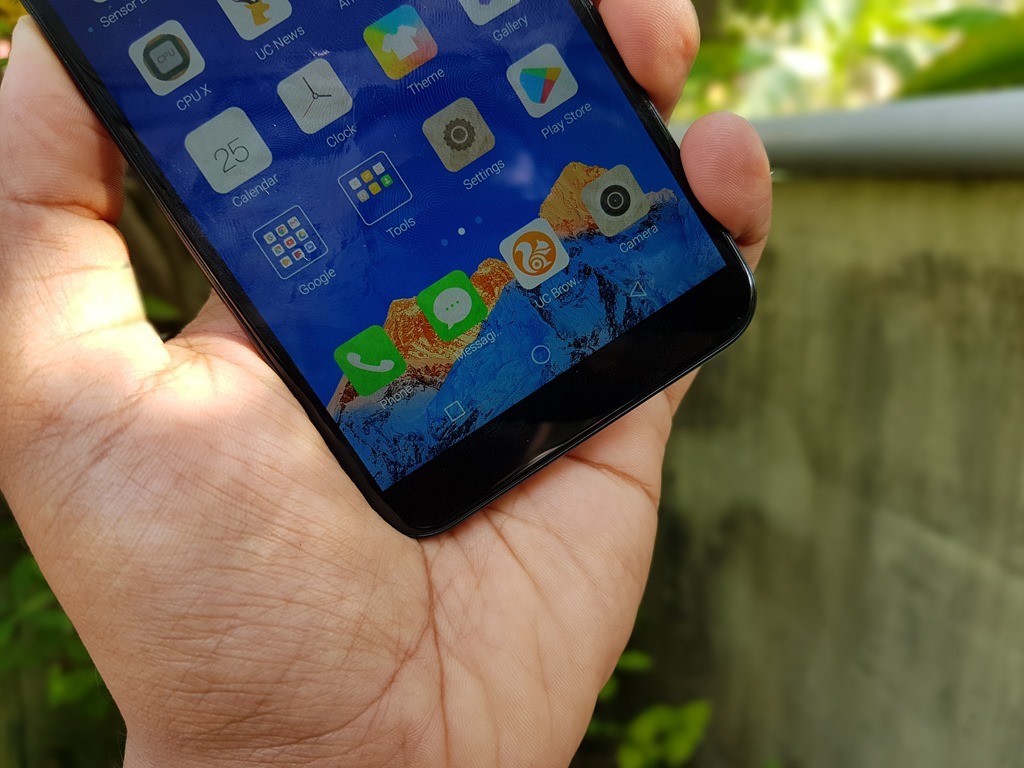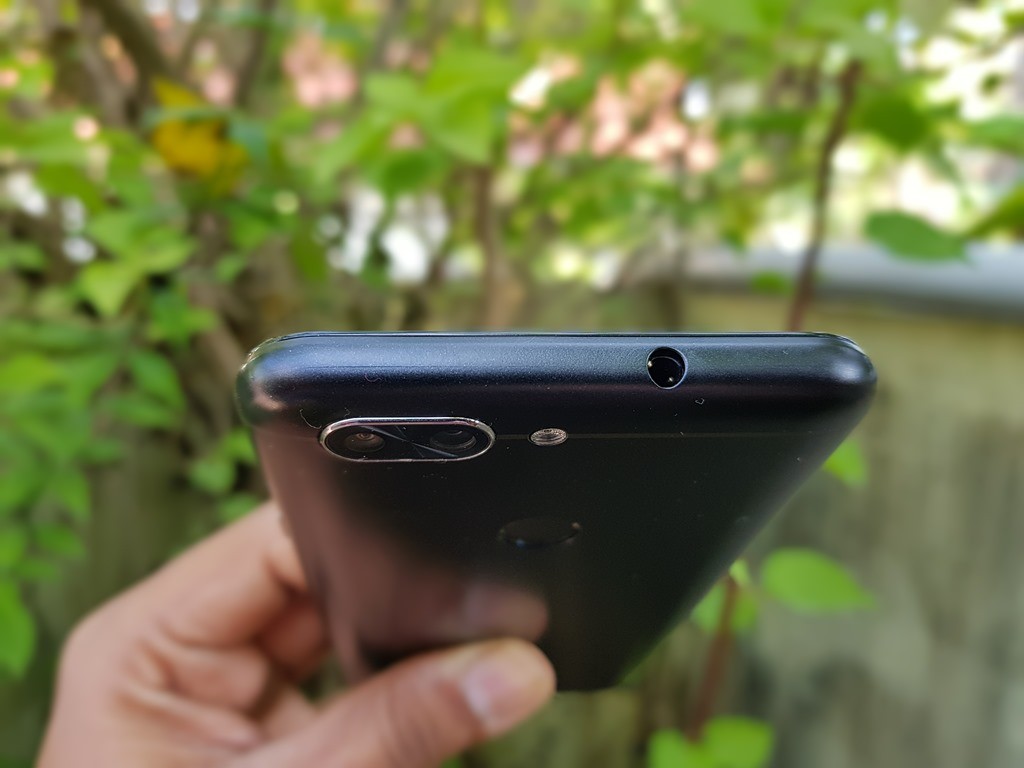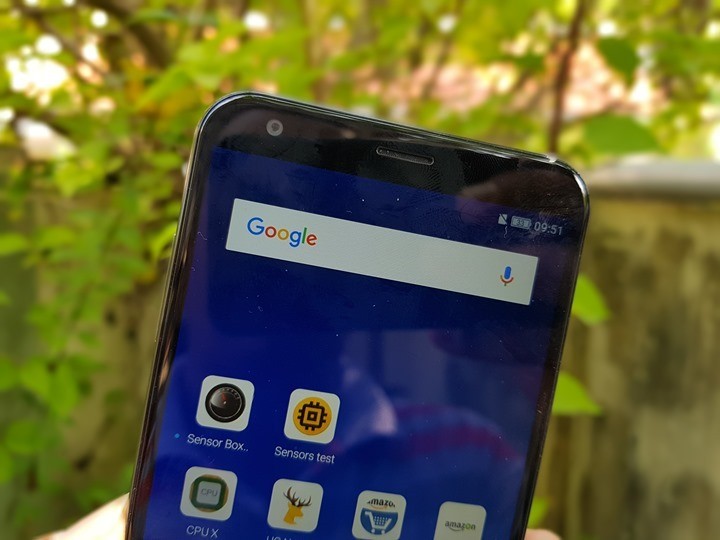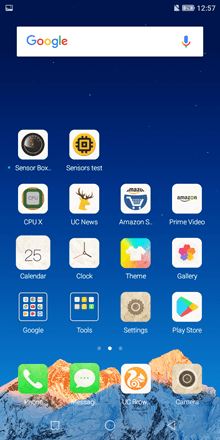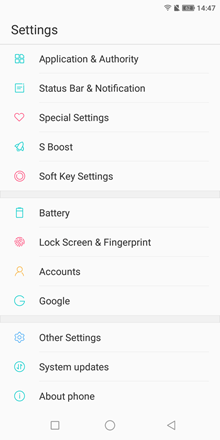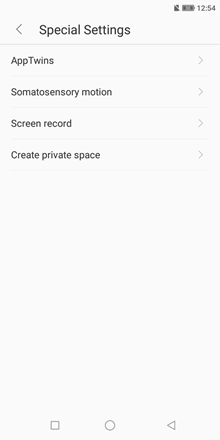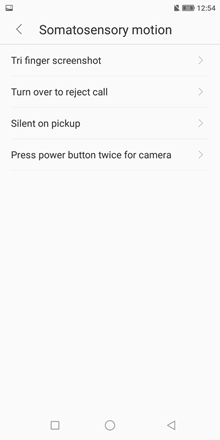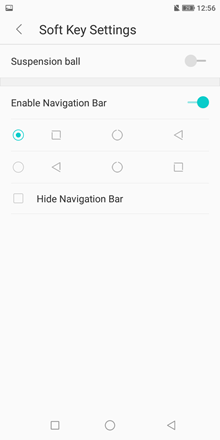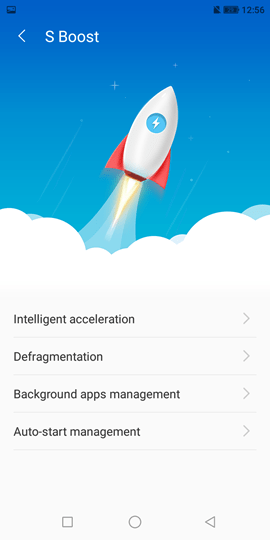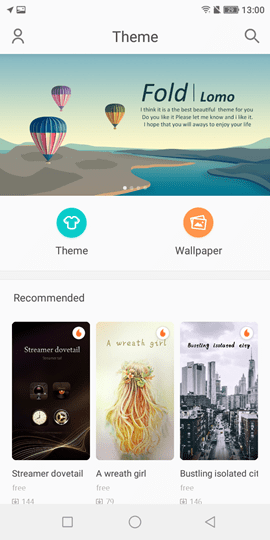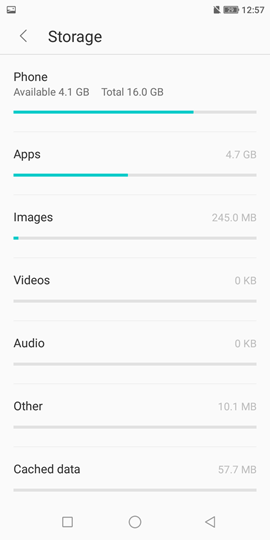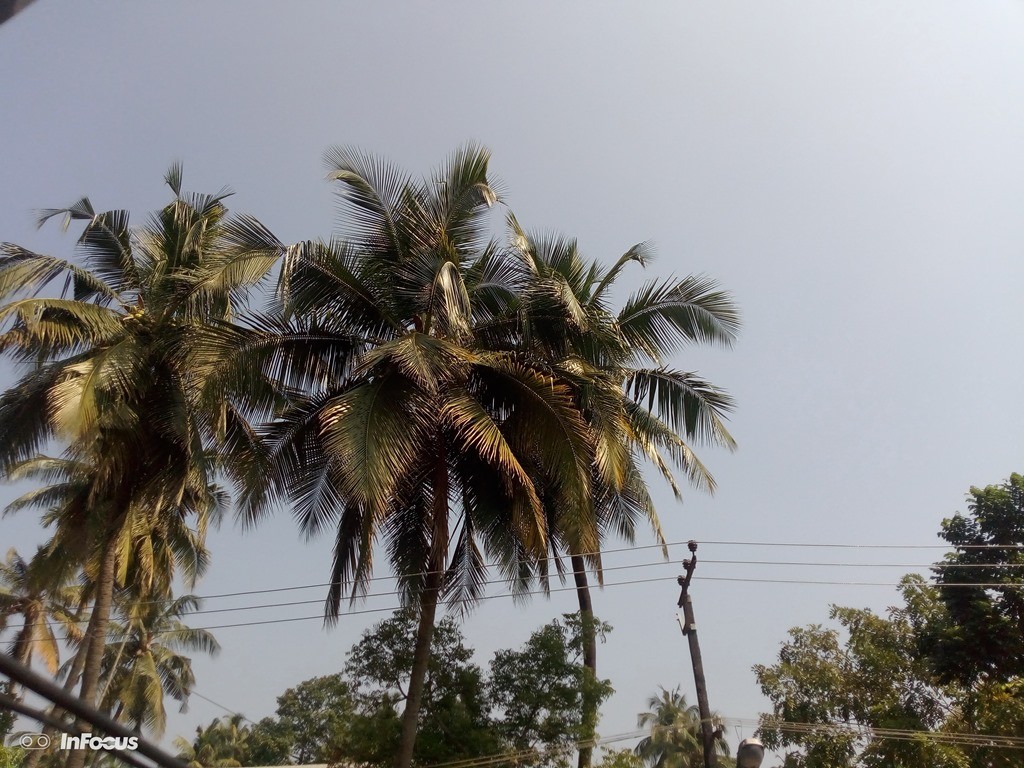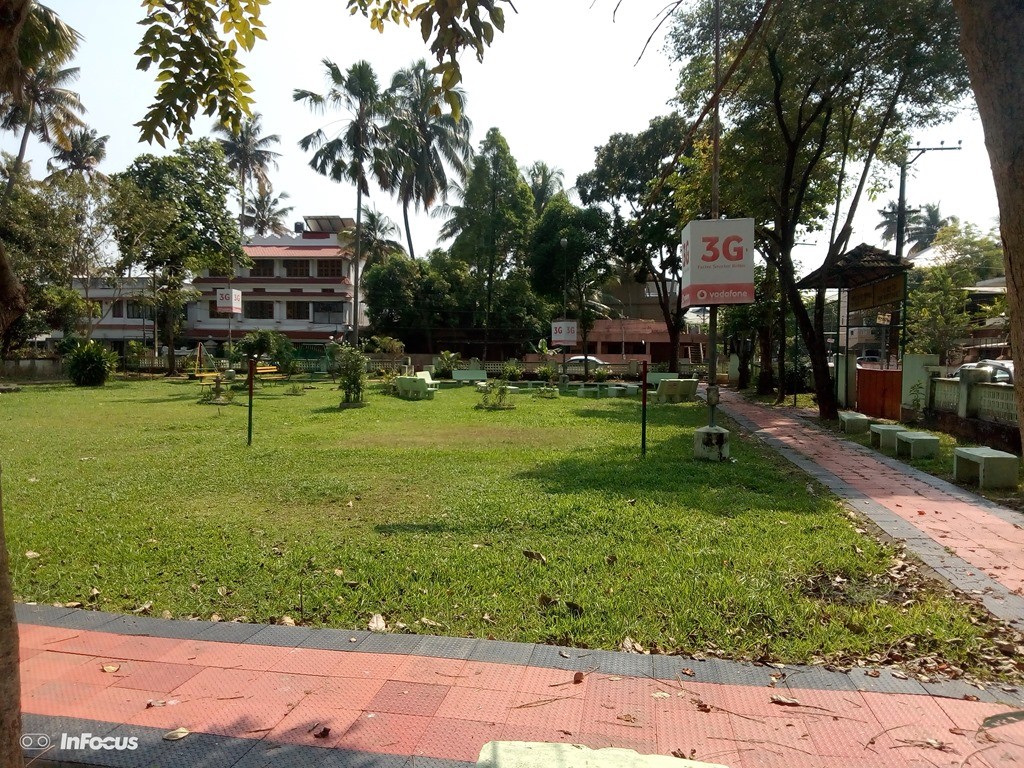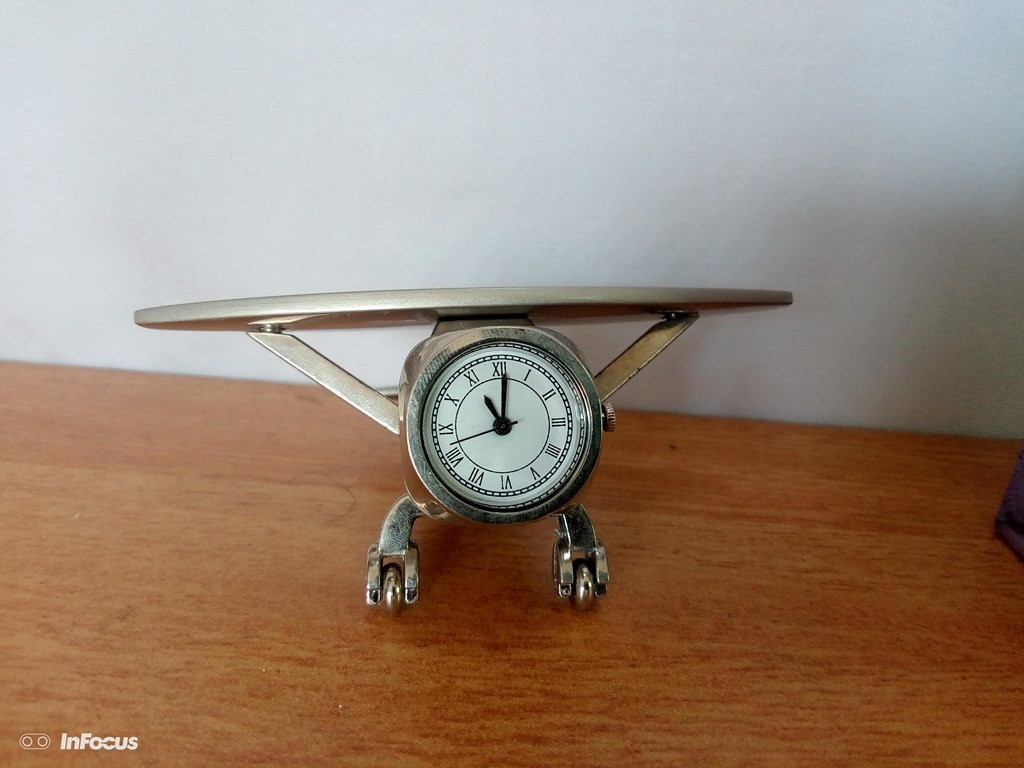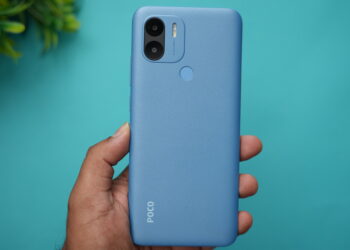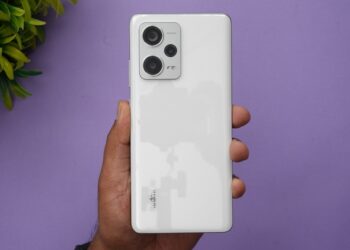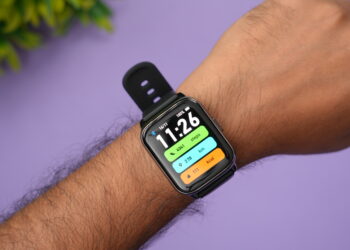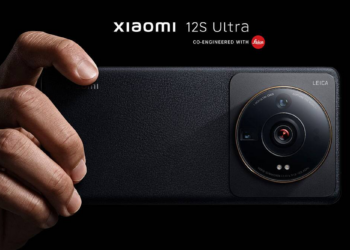InFocus has been in India since 2015 and they have had some really good smartphones in the budget segment offering good specifications and value for money. The latest offering from InFocus is the InFocus Vision 3 which is yet another budget smartphone priced Rs 6,999 and comes with the latest trend, the 18:9 aspect ratio and full view display. The device offers a 5.7 inch HD+ resolution display and is powered by MediaTek MT6737 Quad-core chipset with 2GB of RAM and 16GB of storage. So how does this device stack up in the sub 7k segment? Let’s find out in this detailed InFocus Vision 3 review.
Here is the video review of the device.
Design and Build:
InFocus Vision 3 comes with a unibody construction made of plastic. While the Vision 3 does not offer anything new it terms of design language, it feels quite compact, thanks to the 18:9 aspect ratio. The phone is compact to use with one hand. The power key is on the right side alongside the SIM tray. The left side houses the volume key. The top panel has the 3.5mm audio jack while micro USB is at the bottom.
The rear panel comes with the dual camera set up which is quite similar to what we have seen on InFocus Turbo 5 Plus. The LED flash is placed next to the camera unit. The fingerprint scanner sits below the camera unit while the speaker is at the bottom. The front panel has the 5.7-inch display and front camera. The build quality is quite decent and more or less the same finish you expect in most of the budget smartphones.
Display:
InFocus Vision 3 features a 5.7 inch HD+ (1440 X 720p) display which has a 18:9 aspect ratio. This is currently the cheapest smartphone with 18:9 display. The display has 2.5D glass and comes of decent color quality and sharpness levels. The touch response is smooth and the viewing angles are also quite good for the price segment. Since it has 18:9 display, the navigational buttons are on-screen. The outdoor display brightness is also adequate.
Software:
InFocus Vision 3 features Smile UX a custom UI on top of Android 7.0 Nougat. It is a custom UI offering some added features and does not have any resemblance with stock Android. It has a custom notification and quick toggles section which can be customized.
The UI offers some useful features like App Twins, where you can run two instances of popular social apps. There is also support for gestures and motion along with a second recorder. The phone also has the ability to create a private space.
The S Boost feature allows you to speed up the device and optimize it. You can also do defragmentation of the storage and manage background apps using this option. Since it has on-screen navigational buttons, you can also customize the position of back and multitasking keys. The phone also features a themes app, where you can download interesting themes to customize the phone.
Overall, the Smile UX feels quite good for a budget smartphone offering some useful features for customization.
Performance:
InFocus Vision 3 is powered by MediaTek MT6737 Quad-core processor coupled with 2GB of RAM and 16GB of storage. The MT6737 is an entry-level chipset and not a powerful performer. But in the day to day tasks it held up pretty well, but when you push it harder with too many apps running in the background, you can see the performance degrades. The gaming experience of the device was also average and you can play games with medium graphics settings or casual games and it is not intended for heavy gaming. The fingerprint scanner is placed on the rear panel and does a decent job in unlocking the phone. It is not the fastest out there but quite accurate.
The phone has dual SIM cards along with 4G LTE and VoLTE support. It features a hybrid SIM card which means you cannot expand the storage if you are using dual SIM cards. Since it has only 16GB internal storage, we would have liked if it had a dedicated SD card slot. The phone offers just 9GB of internal storage in the first boot. The call quality of the phone was good and we did not see any major issues here. The speaker performance is again average for this price segment.
Camera:
InFocus Vision 3 comes with a dual camera on the rear panel which is a 13MP primary shooter and a secondary 5MP camera. The front camera is an 8MP shooter. The camera interface is quite good and packs all the basic modes required. Now coming to the camera samples taken with the phone, the daylight captures came out decent for a phone in the price segment. The colors were quite ok even though at times we felt the colors looked washed out. The Redmi 4 did a slightly better job than this in daylight captures. The low light imaging was again average. The selfie performance with the 8MP camera was quite good and better than some of the competition in this price segment. Here are some of the camera samples taken with the device.
Battery Life:
Vision 3 packs a 4000mAh battery and this is definitely one of the good aspects of the phone. The massive capacity battery can last more than a day and with moderate usage, you can easily get to 1.5 days of battery life on the device. Since the device comes with an HD+ resolution display, the battery drain is considerably lesser than a Full HD panel.
Verdict:
InFocus Vision 3 is overall a good package priced at Rs 6999. It offers 18:9 aspect ratio display, decent performance, and excellent battery life. The cameras could have been a tad better for this price. If you want to join the bandwagon of 18:9 display devices, then InFocus Vision 3 is a good offering in the budget segment. It is available on Amazon for Rs 6,999 and you can buy it from here.

